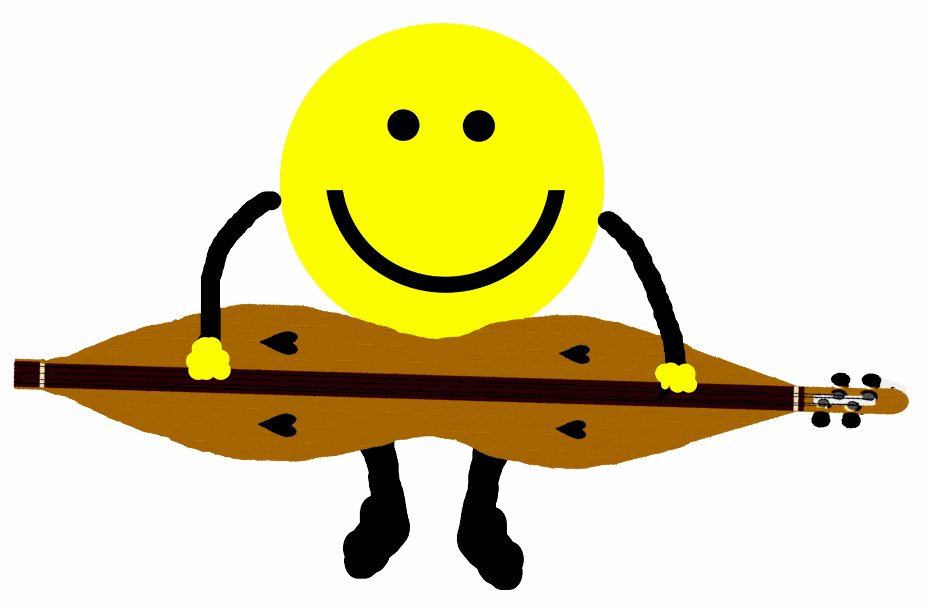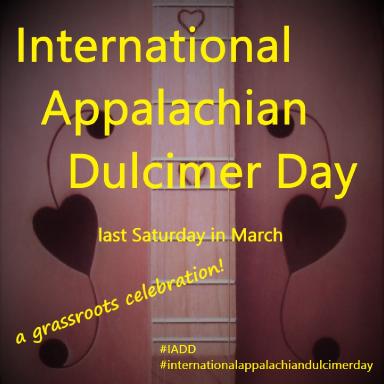Jean Ritchie and her ballad repertoire
General mountain dulcimer or music discussions
Cecil Sharpe, who traveled through Appalachia over a century ago, was also struck by the number of old English ballads being sung in the region. I do not find it surprising.
People tell stories. Perhaps not all people, but all peoples. Nowadays, we read books, watch TV or movies, or listen to the radio or podcasts or whatever. But before modern mass media, stories were oral, and some of those stories came in the form of songs. A ballad is just a song that tells a story. I don't find it surprising either that Jean Ritchie's family sang so many ballads or that so many of those ballads were ancient ones from the old world. Old stories still have something to teach us, even stories from distant lands long ago. Even if only implicitly, they tell us who we are and where we came from. We still read and tell stories from the Bible, from the ancient world, from Elizabethan England, and so forth. The ballads the Ritchie family sung were just part of the cultural repertoire they inherited, shared, and passed on.
What makes American folk music so rich, I think, is that those English ballads mixed here with other traditions: African-American field hollers and blues, work songs, native American chanting, Caribbean syncopation, spirituals, sea shanties, railroad songs, cowboy songs, etc. And the music was not merely replicated, but expanded upon and rendered "modern" through new lyrics, new chords, new rhythms and tempos. The Irish ballad The Wexford Girl was given new lyrics as the Knoxville Girl to tell the story of an American murder. The Scottish song about migration to North America, The Bold Princess Royal, was given new lyrics as Sweet Betsy from Pike, the story of westward migration in the United States. Rosin the Beau was used for the campaign song Lincoln and Liberty, the abolitionist Roll on Liberty Ball, and the song about settling in the Pacific Northwest, Acres and Acres of Clams. But even when we add modern lyrics and chords to an old ballad, we still, as is the case with Rosin the Beau, sometimes sing the original versions as well. Just because Bob Dylan wrote great lyrics to Fare Thee Well doesn't mean no one sings The Leaving of Liverpool anymore. Just because Elvis made lots of cash with Love Me Tender doesn't mean people don't sing Aura Lee from time to time.
Ballads served as "entertainment," as @john-c-knopf says, but they were also news, biographies, moral fables, histories, and so much more.
I'm sure there are lots of reasons people might be drawn to older music and stories, but it is not surprising to me at all. We still find Barbara Allen to be a compelling ballad, just as we find Antony and Cleopatra to be a compelling tragedy.





 It begs the question, though, if I have a shell, why do I need a hat?
It begs the question, though, if I have a shell, why do I need a hat? 

 Maybe not.
Maybe not.

